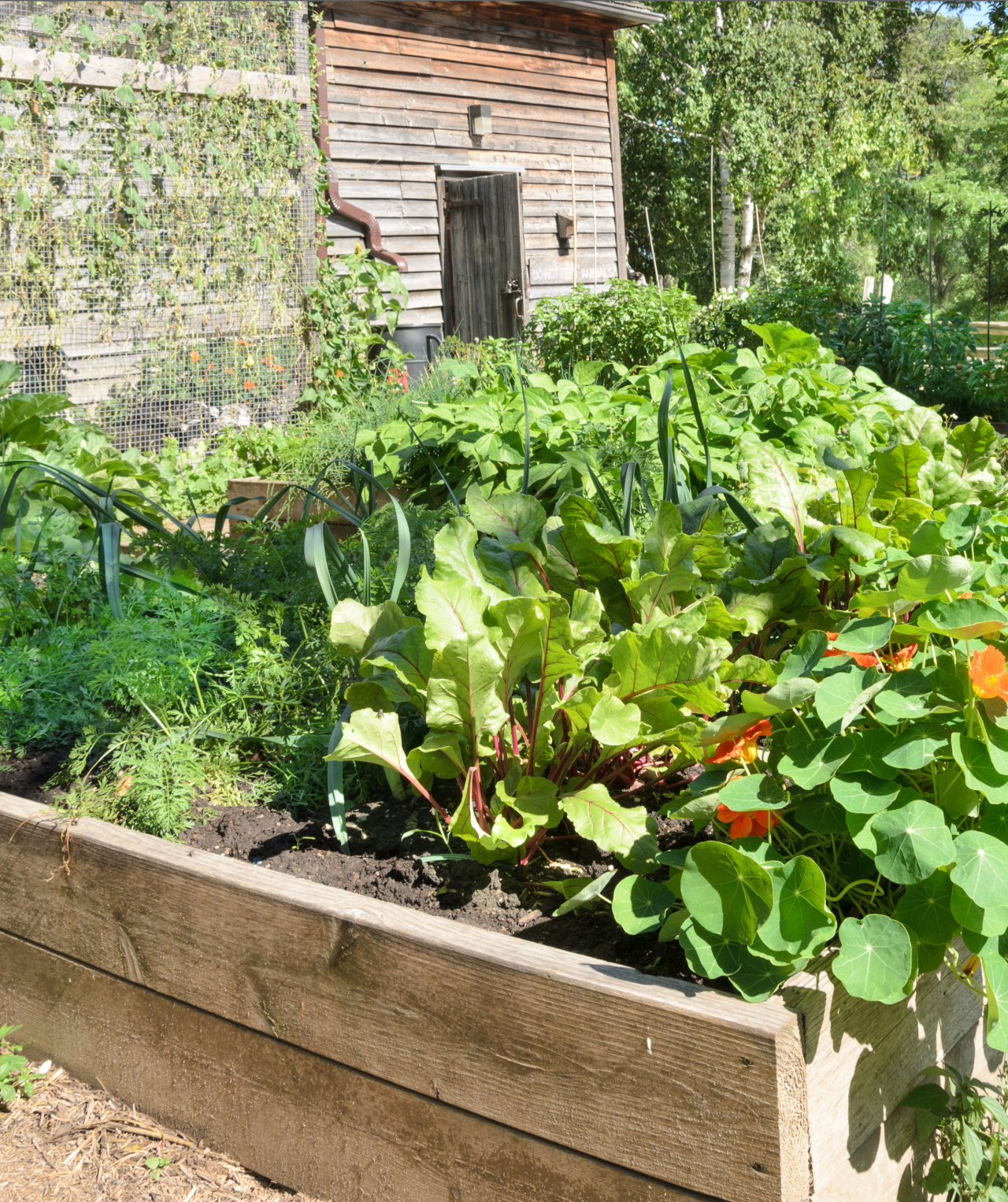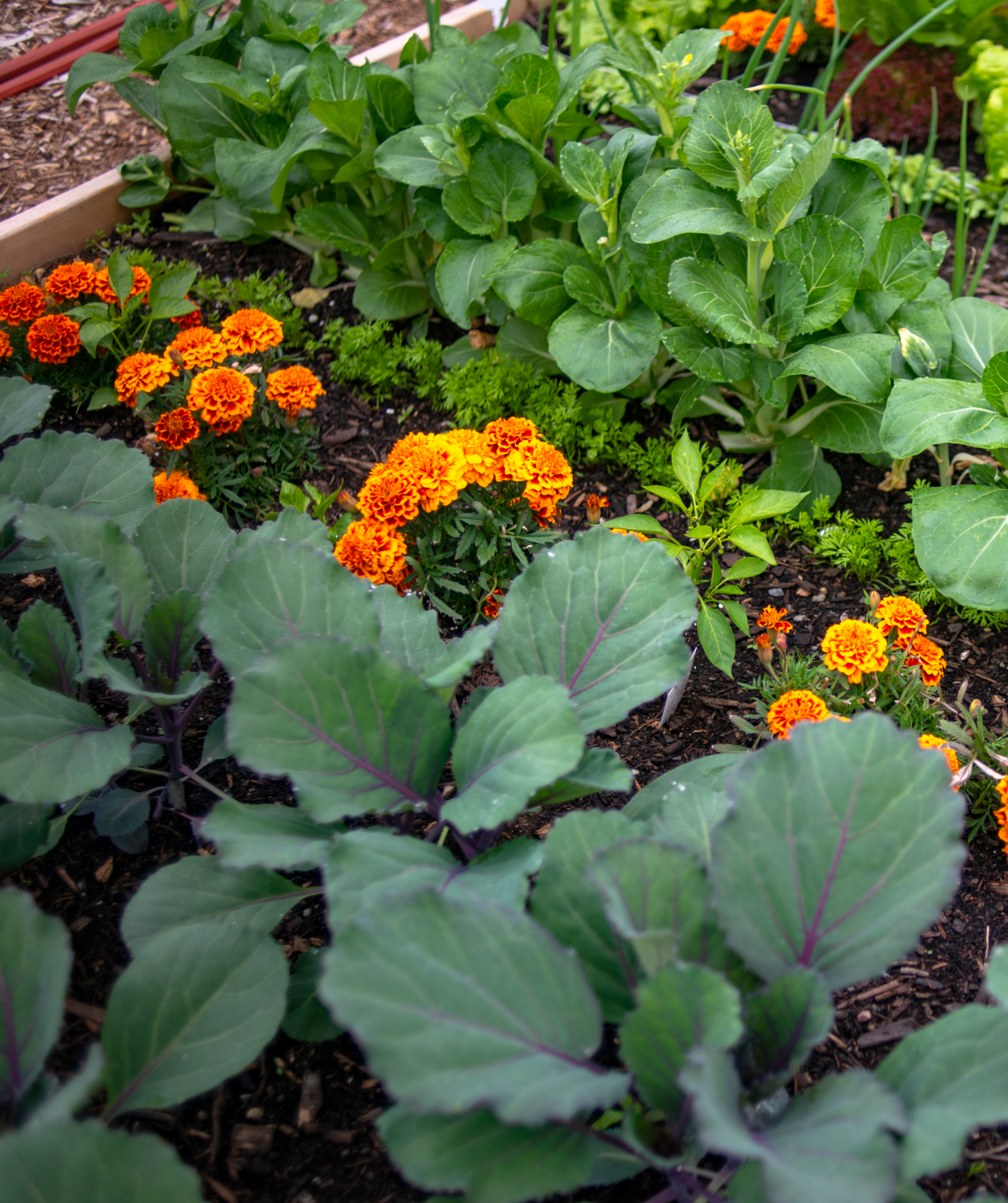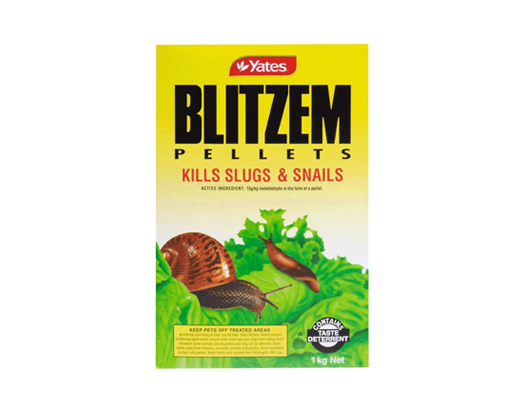Grow it Yourself
Words by Laurence Frost – Farmlands Technical Advisor
With food prices soaring, more and more Kiwis are starting their own backyard vegetable patches. Farmlands Technical Advisor Laurence Frost talks about the dos and don’ts of home-grown vegetables.
If you rub your eyes in disbelief every time you go to the supermarket, you are not alone. According to Statistics New Zealand, the average New Zealand household experienced a 7.7 percent increase in costs in the year to March 2023. For those of us who like to eat, the numbers are especially grim, with food prices overall up 12 percent and vegetables up a whopping 21 percent.
The high cost of food has driven increased interest in backyard vegetable growing to supplement budgets. But while farmers and lifestyle block owners have more room than the average Kiwi to plant a food garden, Farmlands Technical Advisor Laurence Frost says there are some common mistakes beginner gardeners make that can hamper their results.
The most common mistake, he says, is failing to pick the right site to plant your vegetables. “Lots of morning sunlight would be my preference, and then we’ve got lots of sunlight through the daytime. If you’ve got raised gardens, they can be very productive because you’re taking care of one of the other main problems, which is overwatering.”
Laurence says people often put their gardens in cold or poorly-lit places because it works within their housing landscape. “They say, ‘We’re not going to use the nice prime piece of lawn the kids play on to put a vege garden. Why would we want to put our weedy vege garden where someone can see it?’ They end up hiding it away somewhere and they are doomed to fail because they’ve not given it the best opportunity to thrive.” Safe access to the site is another factor to consider, he says.
Once your new garden site has been carefully chosen, the next step is to turn or ‘dig in’ the soil, Laurence says. “You’re digging and then inverting the spade 180 degrees so what was at the top is now spade depth underground. You bury your weeds and provide organic matter where it can provide food for the plants when the roots get there.”
If your garden is already established, you can use a ‘green crop’ between harvests to provide that green organic matter to turn into the soil. Morton Smith-Dawe’s Blue Lupin, Mustard and Grain mix is one product that could be used for this function. Laurence also recommends using quality tool brands like Dewitt and Farmyard, which are more durable.






